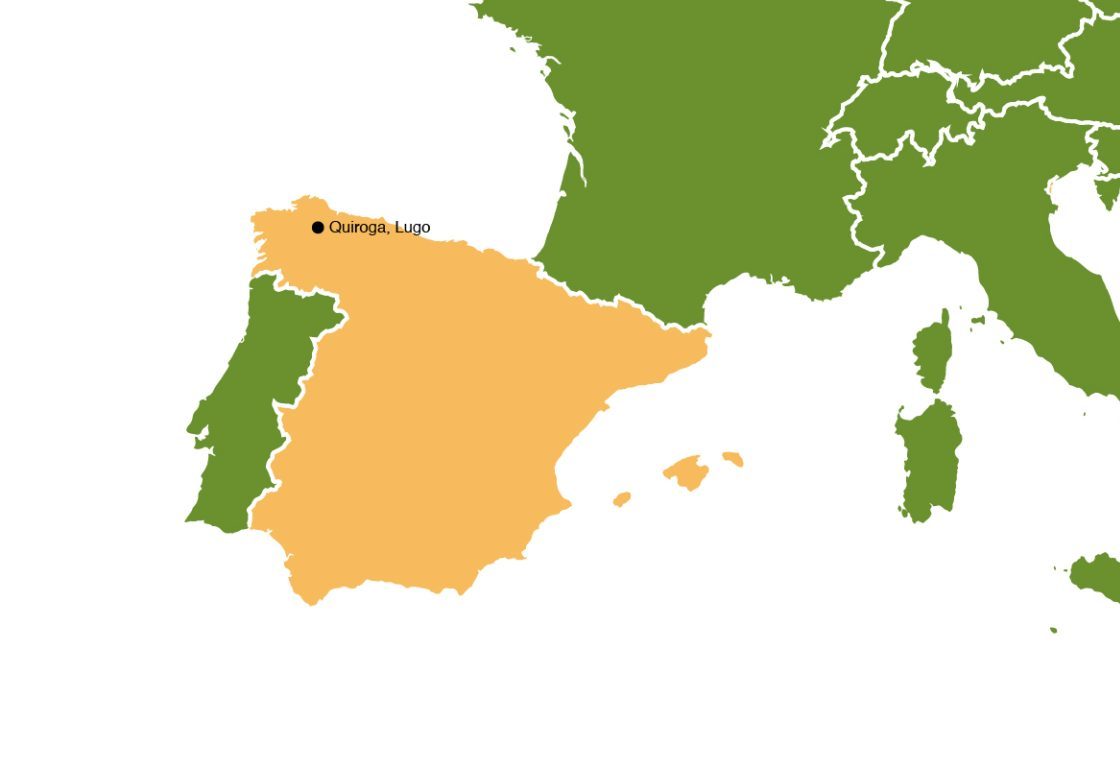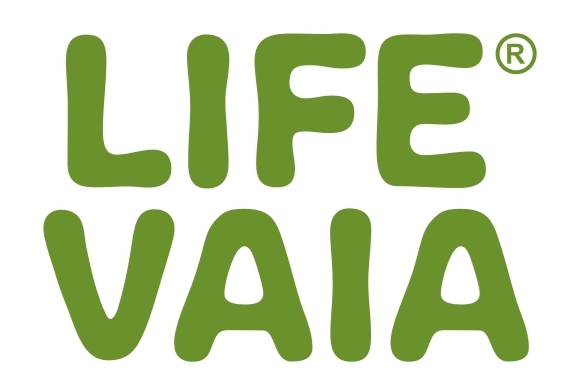

CO2 sequestrata

Alberi piantati

Produzione agricola

Popolazione coinvolta
The Galician site of the LIFE VAIA project is located in a forest area in the municipality of Quiroga (Lugo, Galicia, NW Spain).
The area is located in an Atlantic/Mediterranean biogeographic region, being part of the transition area between these two regions.
The forest area was burnt in August 2021, when more than one thousand hectares of forest was destroyed. The former forest consisted of Pinus spp planted several decades ago.
The pilot area occupies more than 1 km2 of the destroyed forest area. The forest owners plan to allow the conifers to regenerate naturally. The VAIA project will include activities both in the pilot area and in the pilot sites.
In the pilot area, we will include some of the medicinal/aromatic/melliferous plants once tested in the pilot sites.
Four pilot sites will be included, two of which will be about 2.5 hectares and also two controls of about 2.5 and 1.6 each, close to the previous pilot sites. The pilot sites will include a series of perennial and non-perennial forest trees, a medicinal/aromatic/melliferous plant experiment and a series of apiaries.
Each pilot site and its control will be located in a southern and northern direction to assess the adaptability of the different forest species to be planted. Eleven forest species adapted to Atlantic and Mediterranean areas will be planted. Part of the species will be perennial (Taxus bacata, Quercus ilex, Quercus suber Pinus pinaster) and part non-perennial (Castanea sativa, Quercus robur, Sorbus aria, Betula alba, Quercus pyrenaica, Acer pseudoplatanus, Prunus avium). They will be crossed to increase the landscape value of the species when the leaves fall.
The evaluation to be developed will include tree growth, but also mortality rates in both orientations, while medicinal/aromatic/melliferous plants will be analysed for subsequent planting in the pilot sites. Apiaries will also be installed in the pilot sites with a production and educational profile.
The study area was established in Monte Virgen de los Remedios (42.489141, -7.340093) located in the municipality of Quiroga (Lugo, Galicia, NW of Spain). This area was destroyed by a forest fire in 2021. The fire destroyed a total area of 1,792 hectares. The area of the municipality destroyed by the forest fire was 909.1 hectares.
Cultivation: shrub and herbaceous plants
The area is an Atlantic/Mediterranean transition area, where both types of species (shrubs and grasses) are present. As a transitional area, the vocation of the land is both Atlantic and Mediterranean, and all planned species can be found in different parts of the mountains. Soil preparation for medicinal, aromatic and melliferous plants will include ploughing.
The plants will be purchased from nurseries in the area and established in the field in autumn 2022. The distance between plant rows will be 1 m and the distance between plants within the same row will be 0.5 m.
Most of the selected aromatic and medicinal plants are also melliferous species and therefore all plants will be established together in the same cultivation area (950 m2 in each pilot site), which will be close to the apiaries (50 m2 in each pilot site).

